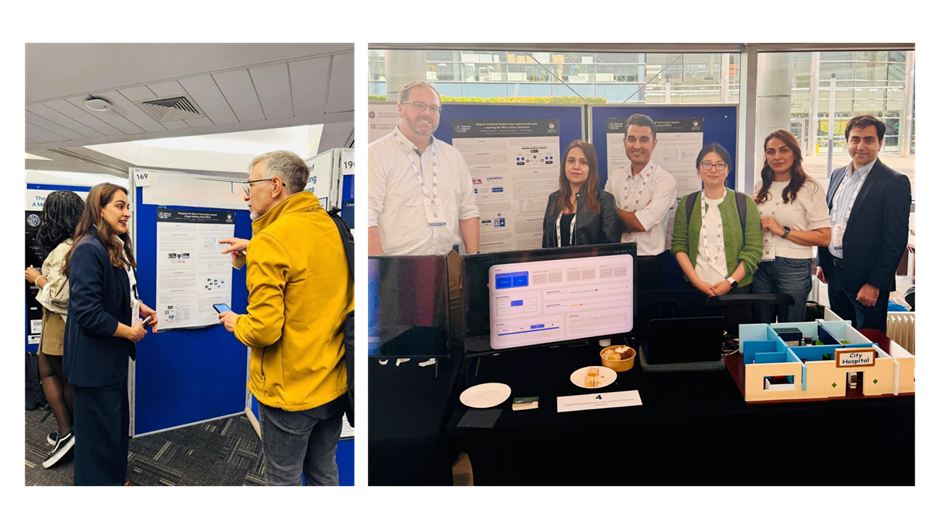An ontological approach for pathology assessment and diagnosis of tunnels
- Dr Dhaval Thakker
- Apr 2, 2020
- 2 min read
Updated: Apr 3, 2020
An Innovative Decision Support System to help Experts in repair decisions - work carried out with SNCF, France, SwissRail as part of an European Project

Volume 90, April 2020, 103450
Tunnel maintenance requires complex decision making, which involves pathology diagnosis and risk assessment, to ensure full safety while optimising maintenance and repair costs. A Decision Support System (DSS) can play a key role in this process by supporting the decision makers in identifying pathologies based on disorders present in various tunnel portions and contextual factors affecting a tunnel. Another key aspect is to identify which spatial stretches within a tunnel contain pathologies of similar kinds within neighbouring tunnel segments. This paper presents PADTUN, a novel intelligent decision support system that assists with pathology diagnosis and assessment of tunnels with respect to their disorders and diagnosis influencing factors. It utilises semantic web technologies for knowledge capture, representation, and reasoning. The core of PADTUN is a family of ontologies which represent the main concepts and relations associated with pathology assessment, and capture the decision process concerning tunnel maintenance. Tunnel inspection data is linked to these ontologies to take advantage of inference capabilities offered by semantic technologies. In addition, an intelligent mechanism is presented which exploits abstraction and inference capabilities. Thus PADTUN provides the world’s first semantically based intelligent DSS for tunnel maintenance. PADTUN was developed by an interdisciplinary team of tunnel experts and knowledge engineers in real-world settings offered by the NeTTUN EU Project. An evaluation of the PADTUN system is performed using real-world tunnel data and diagnosis tasks. We show how the use of semantic technologies allows addressing the complex issues of tunnel pathology inferencing, aiding in, and matching transportation experts’ expectations of decision support. The methodology is applicable to any linear transport structures, offering intelligent ways to aid with complex decision processes related to diagnosis and maintenance.




Hello!, Where can I find the PADTUN ontology?